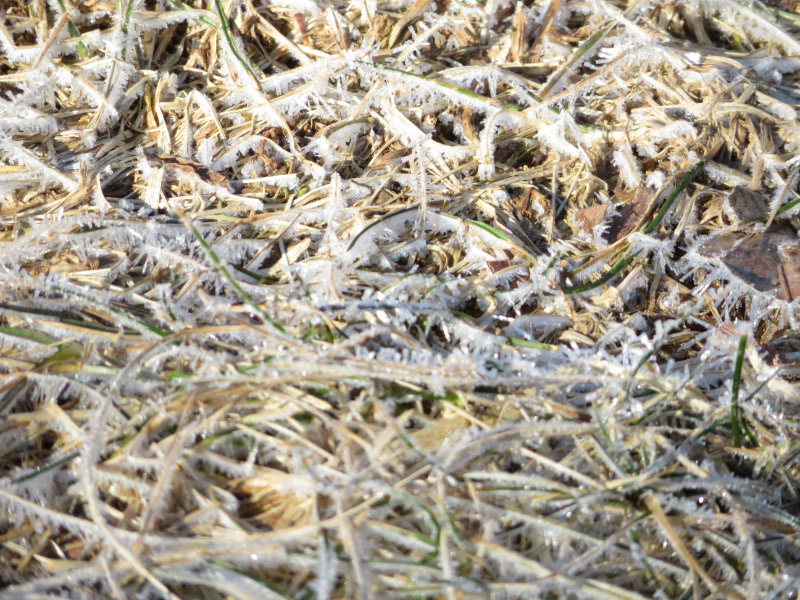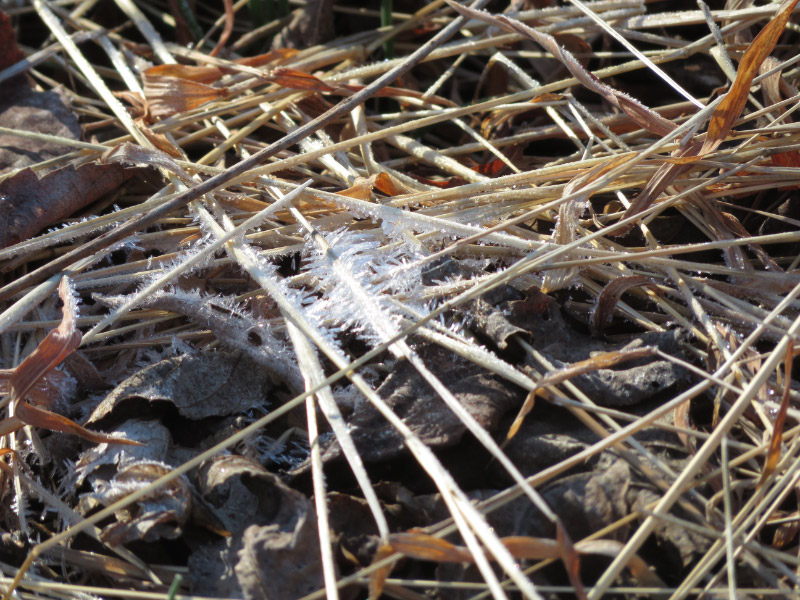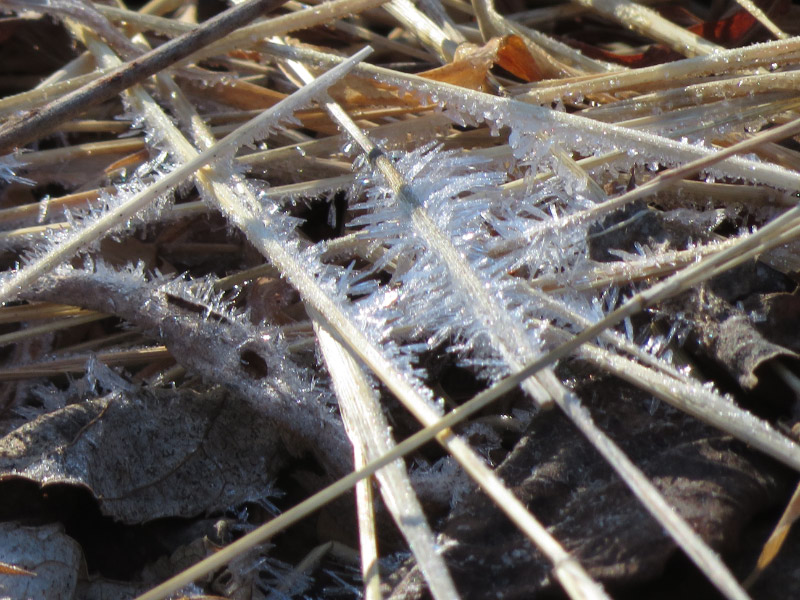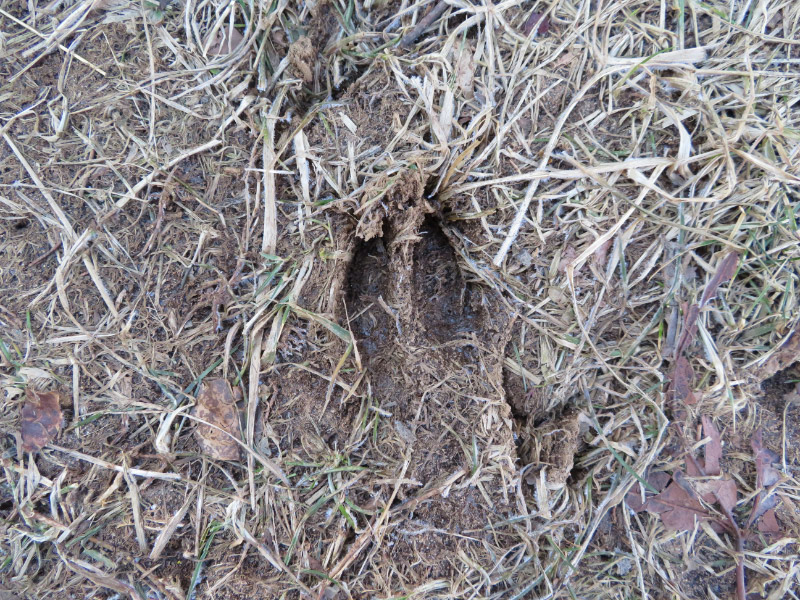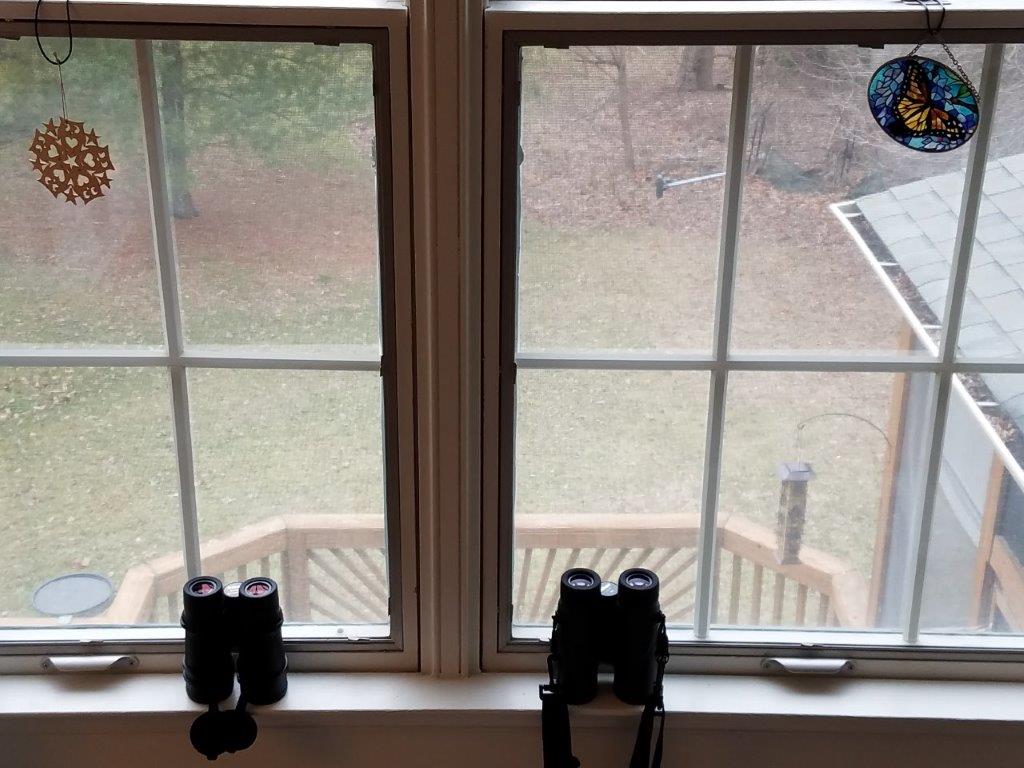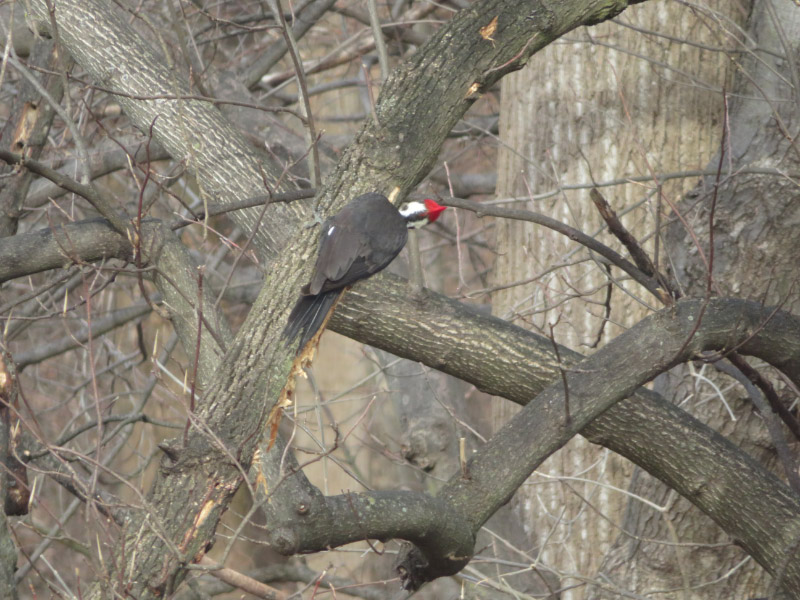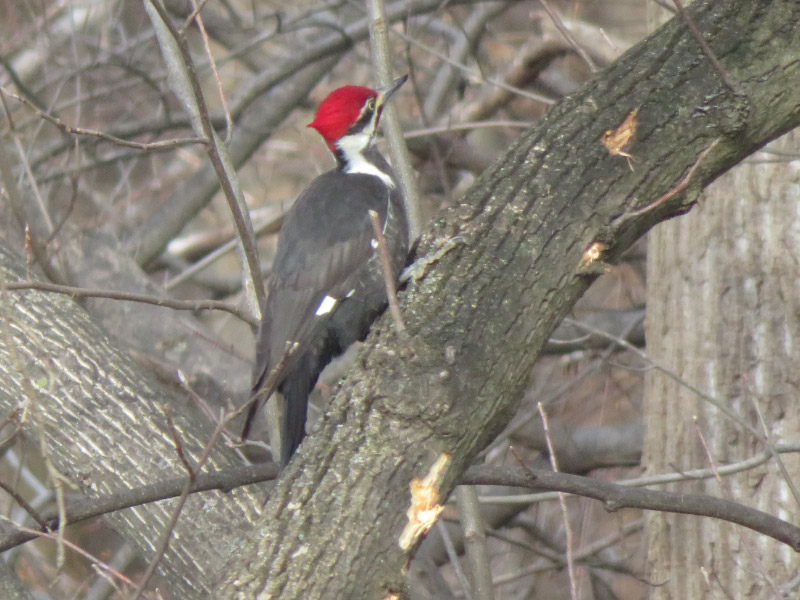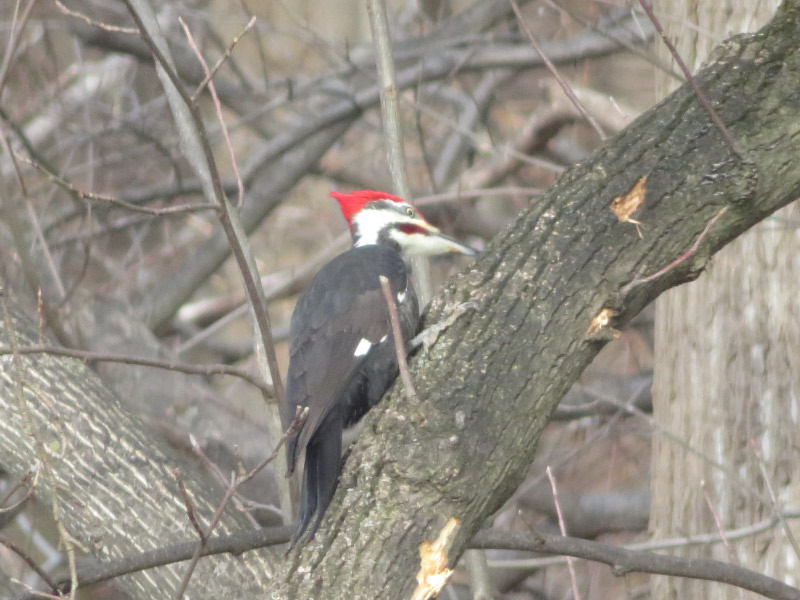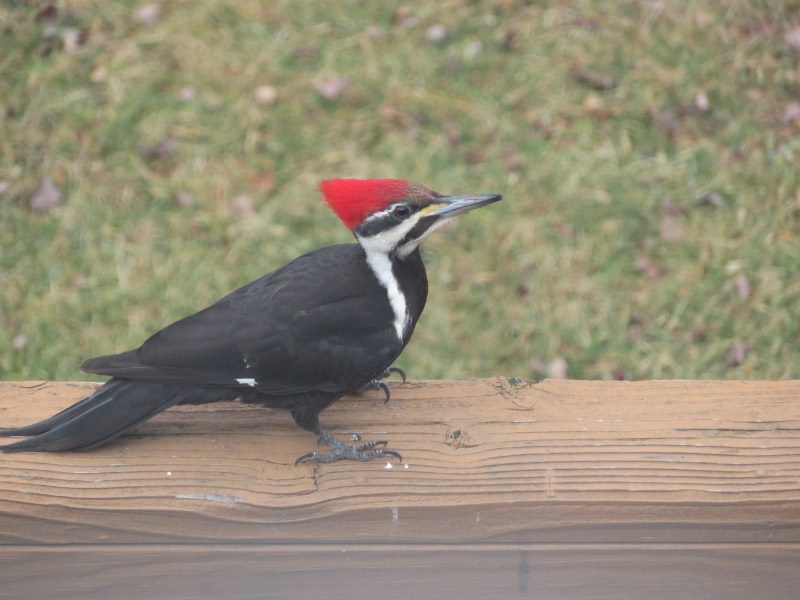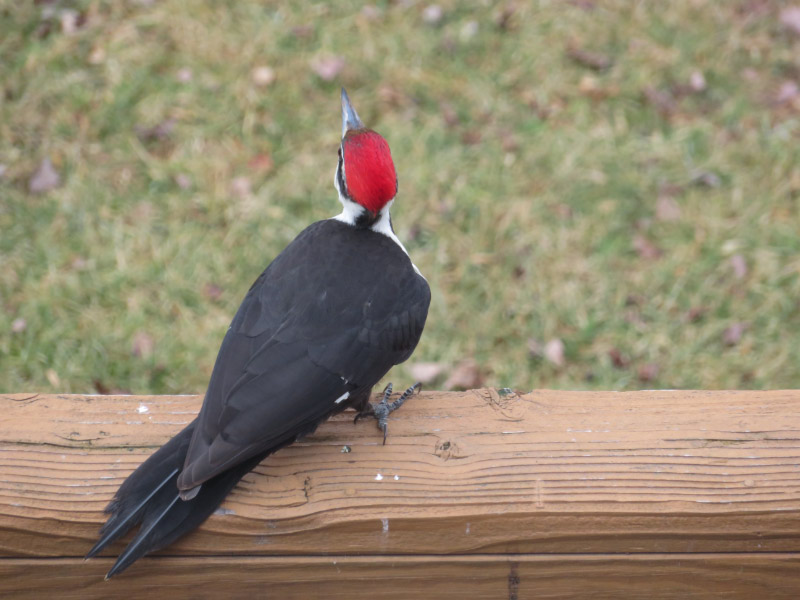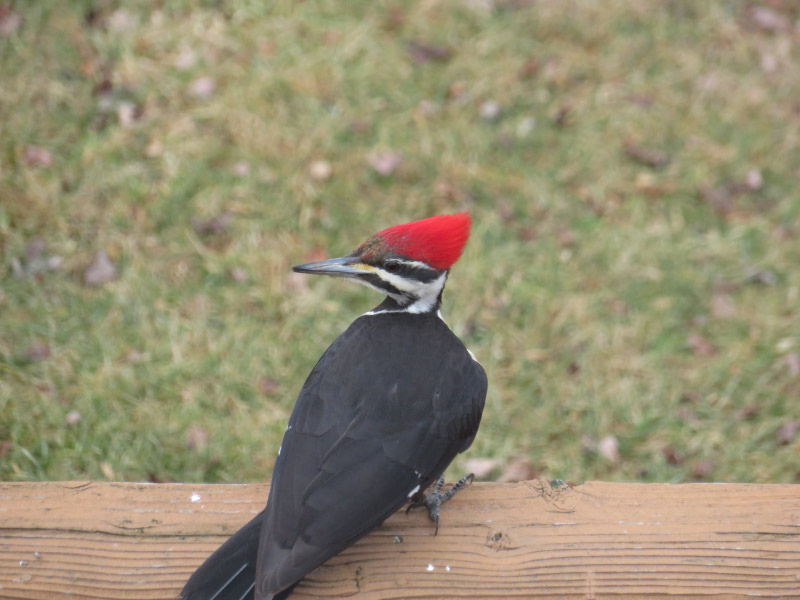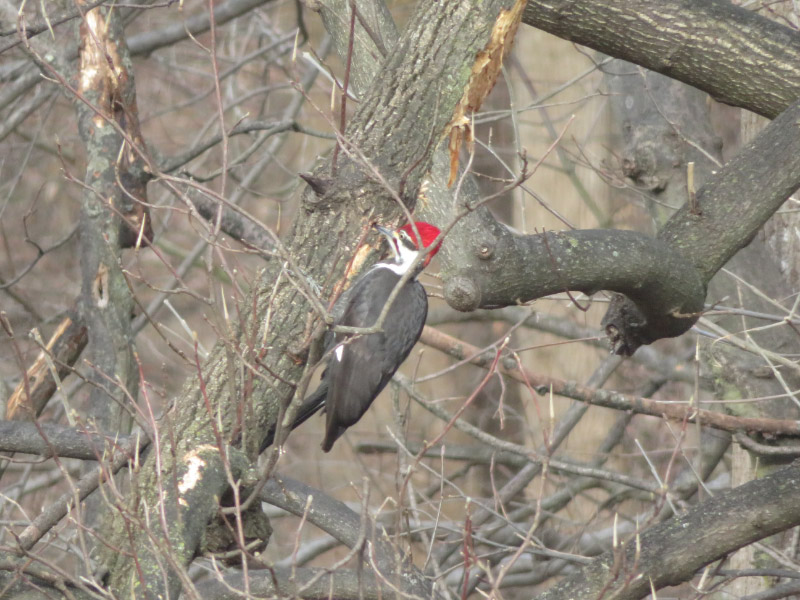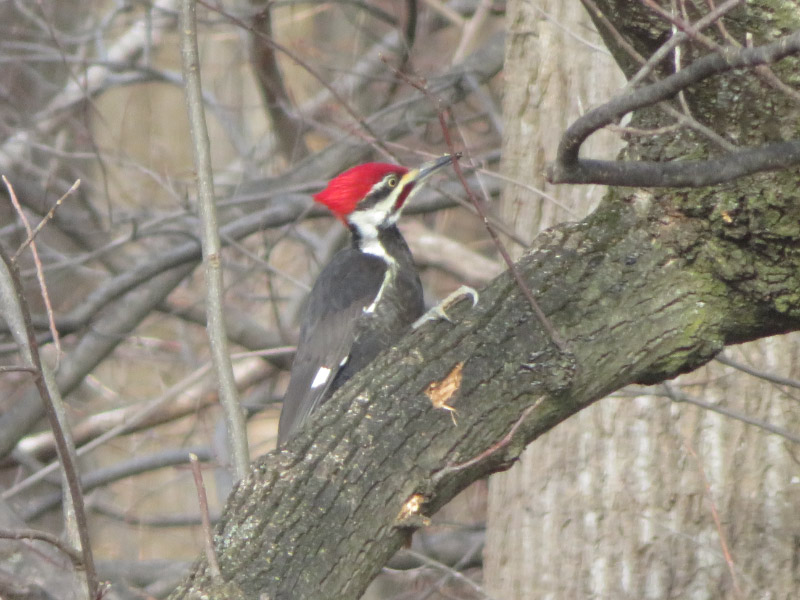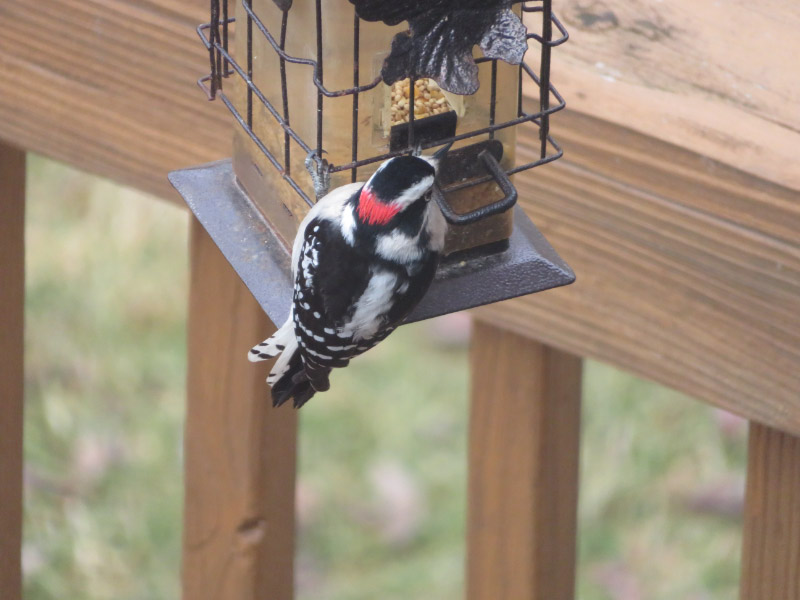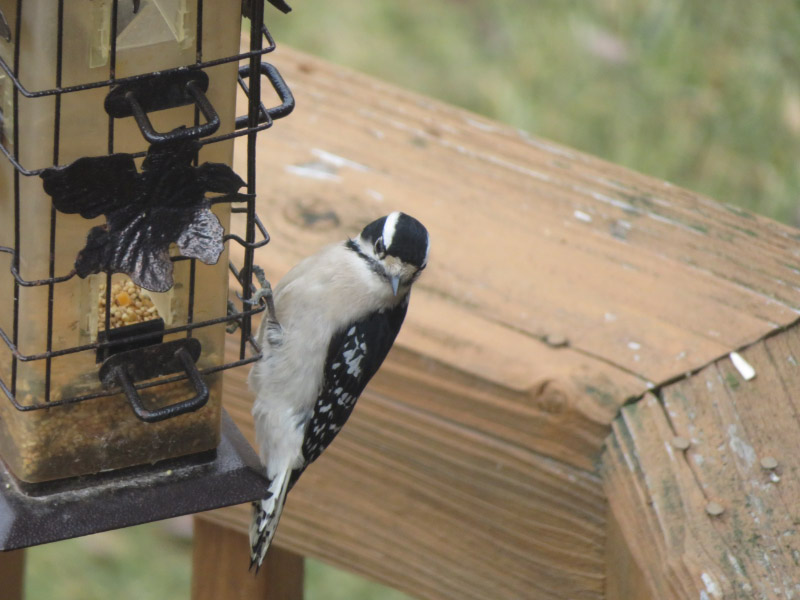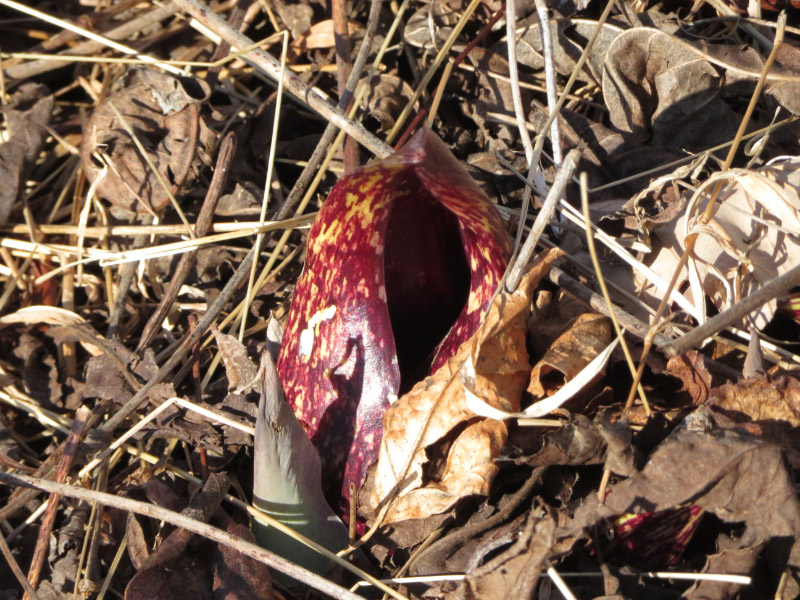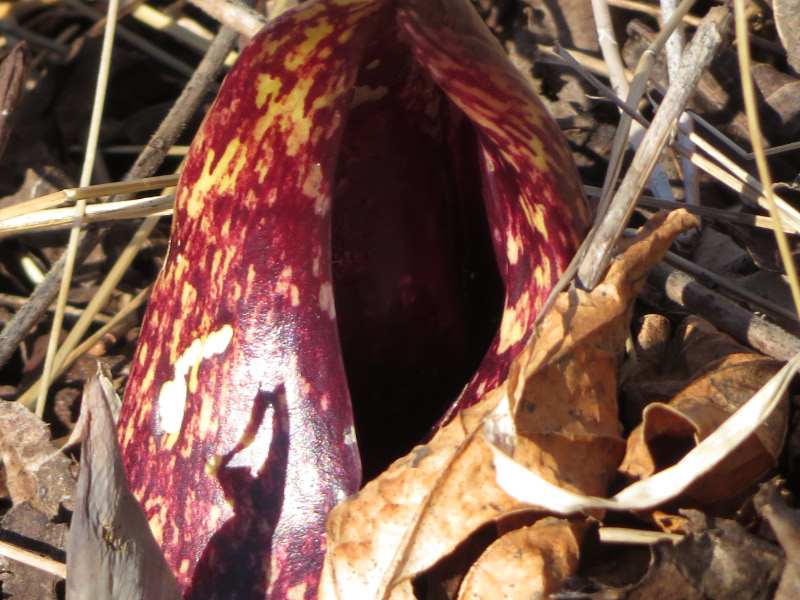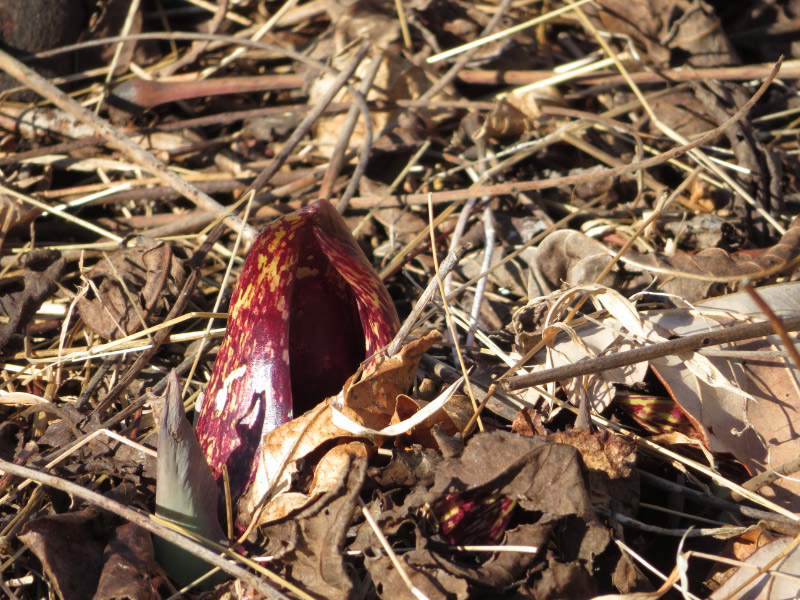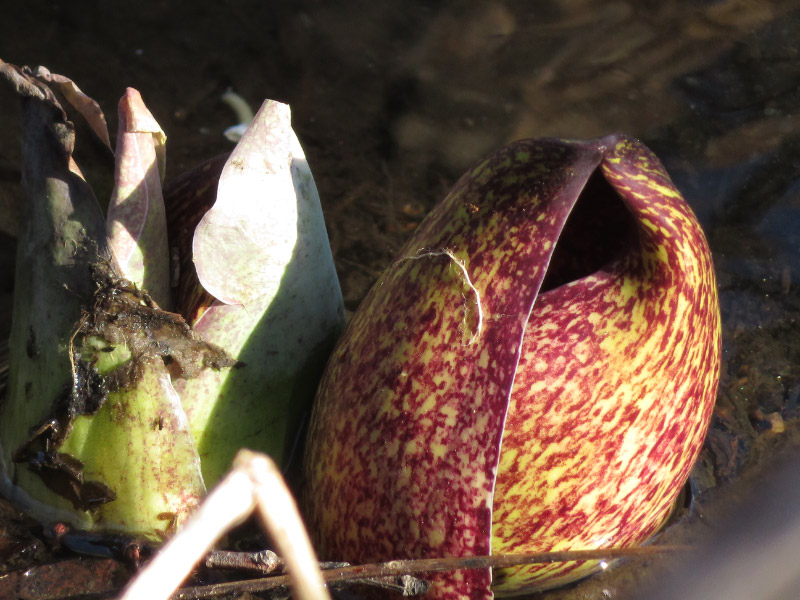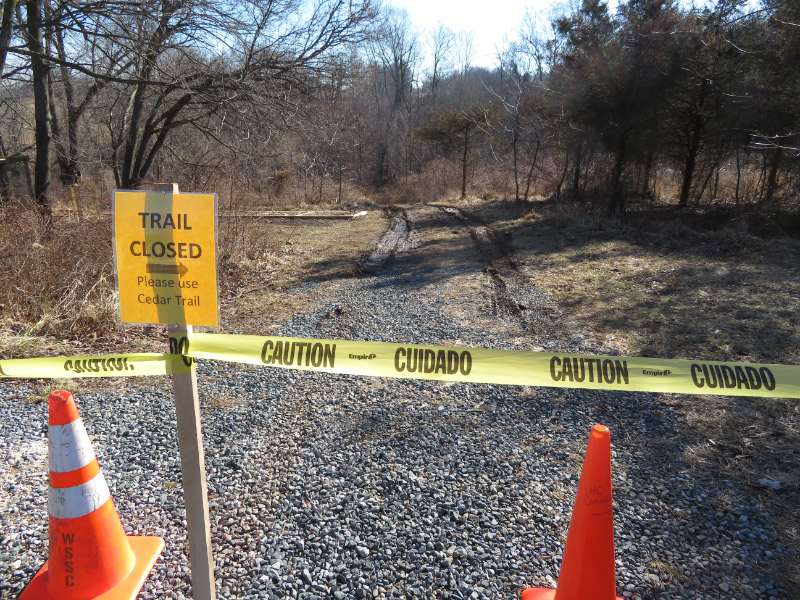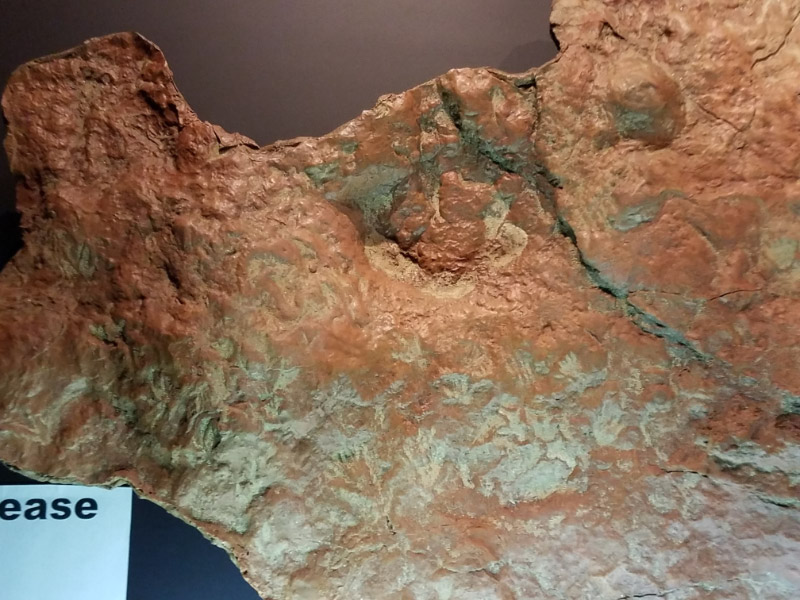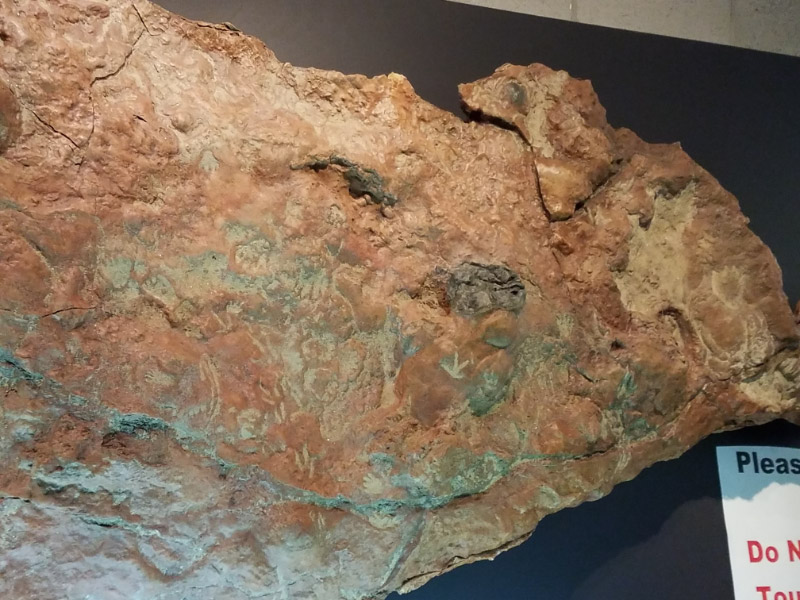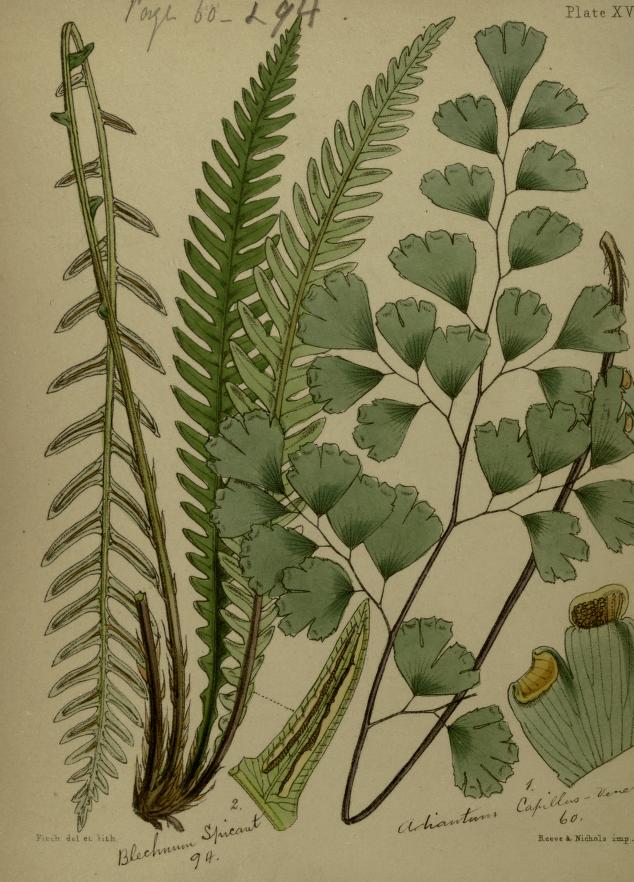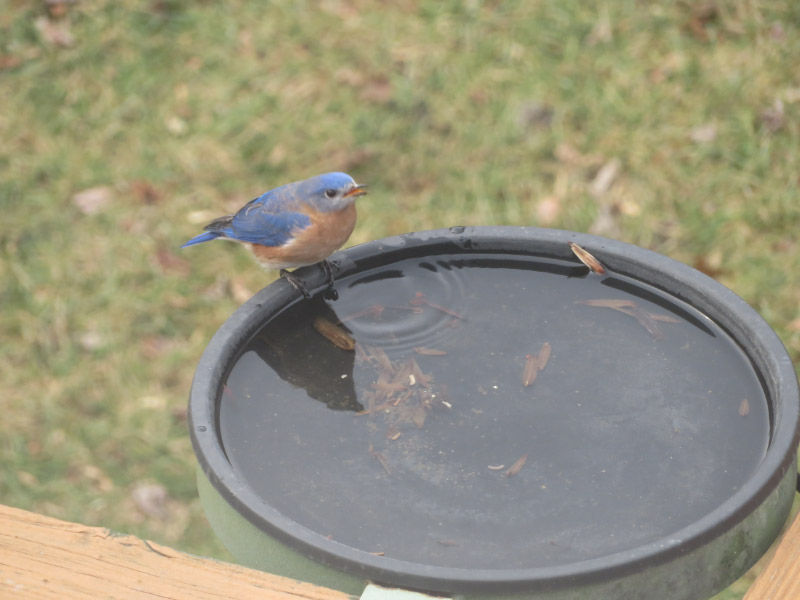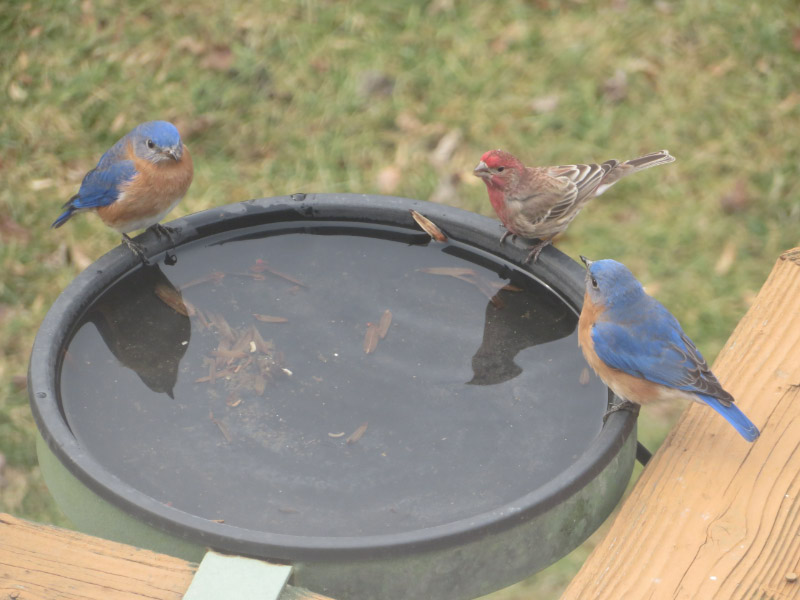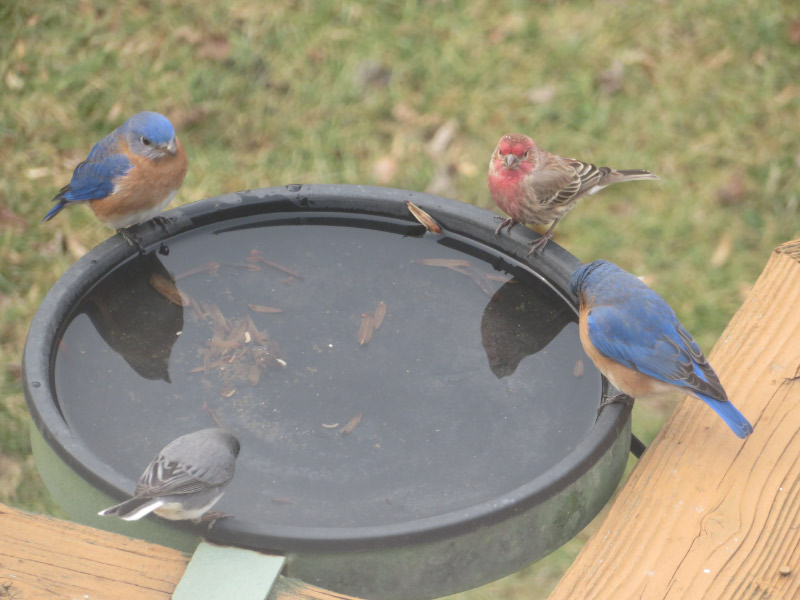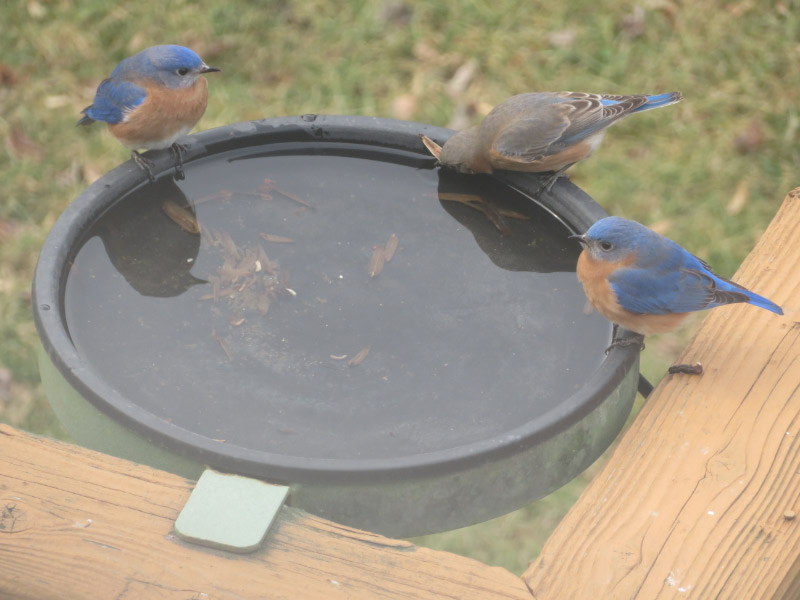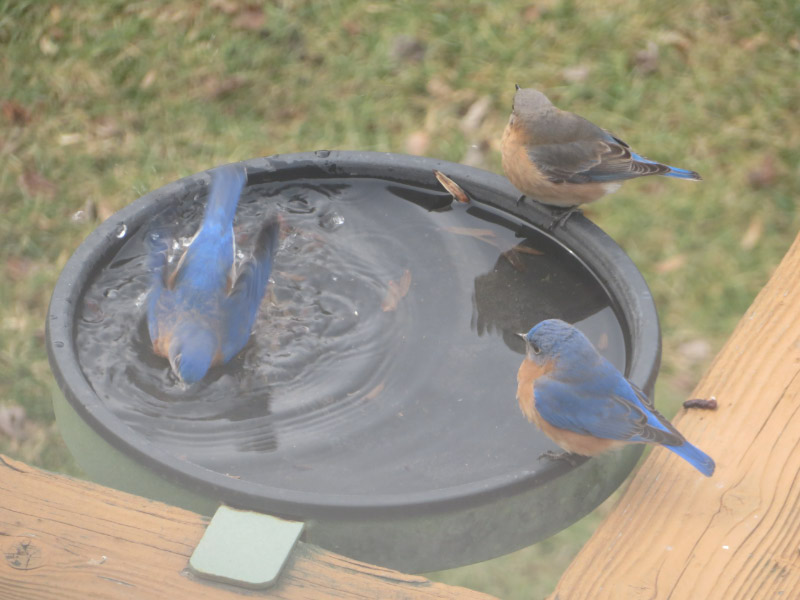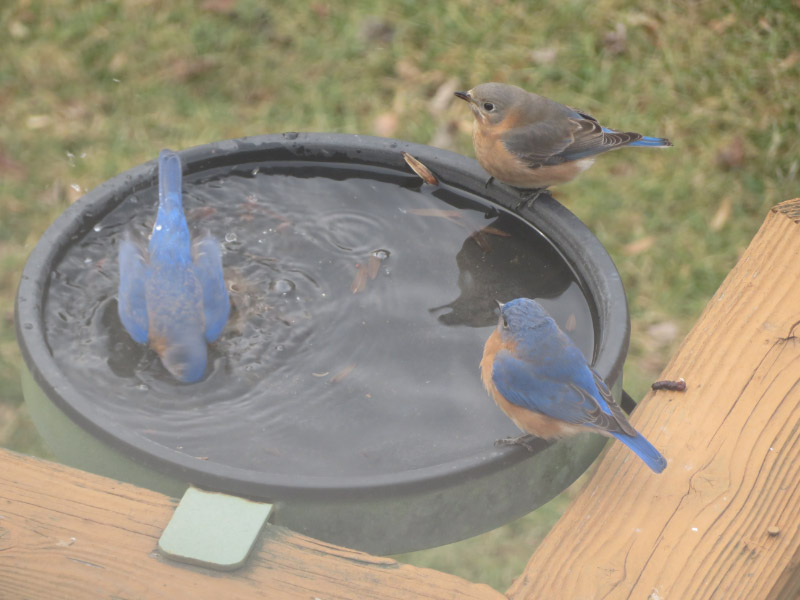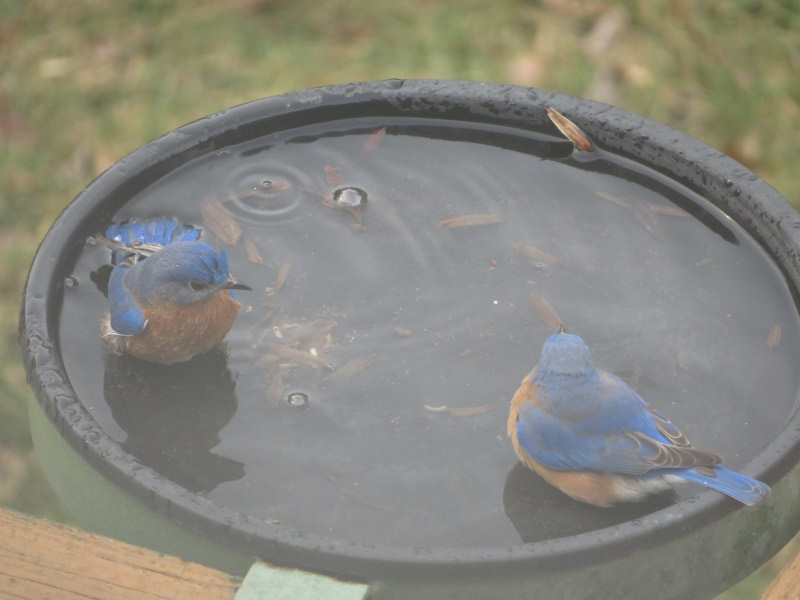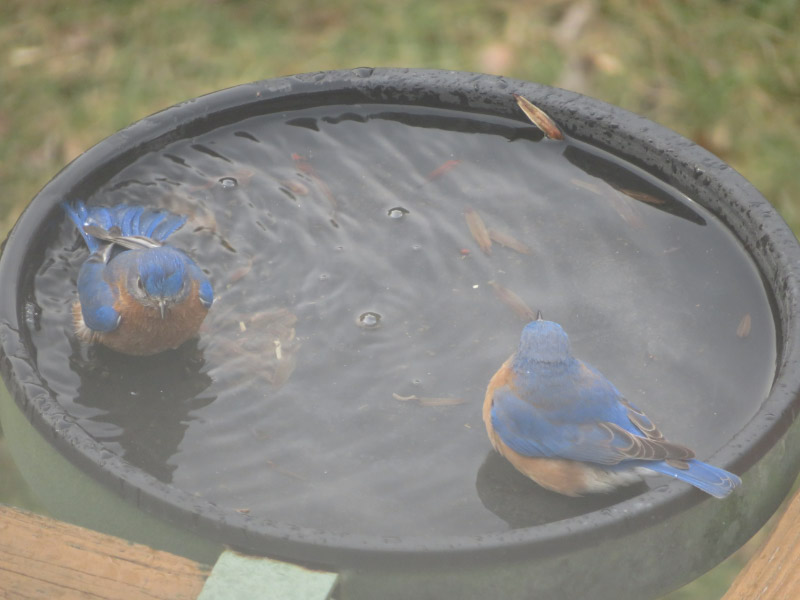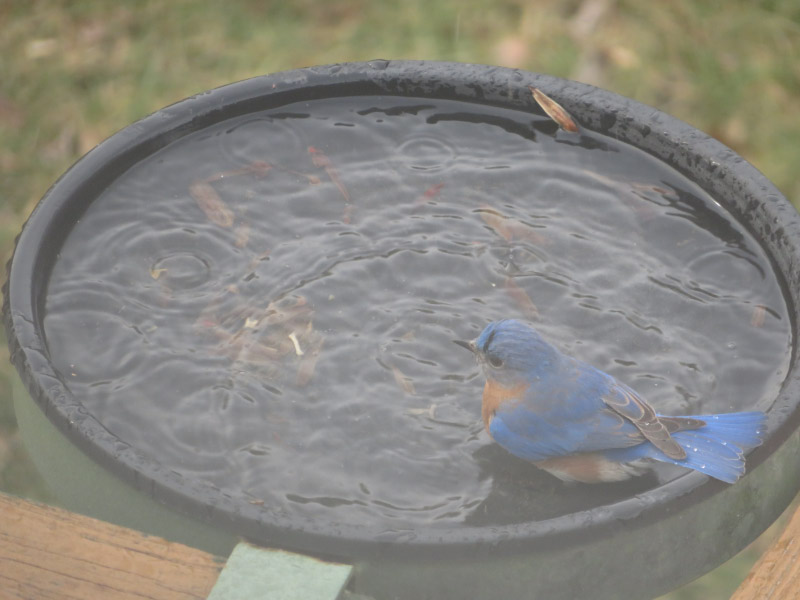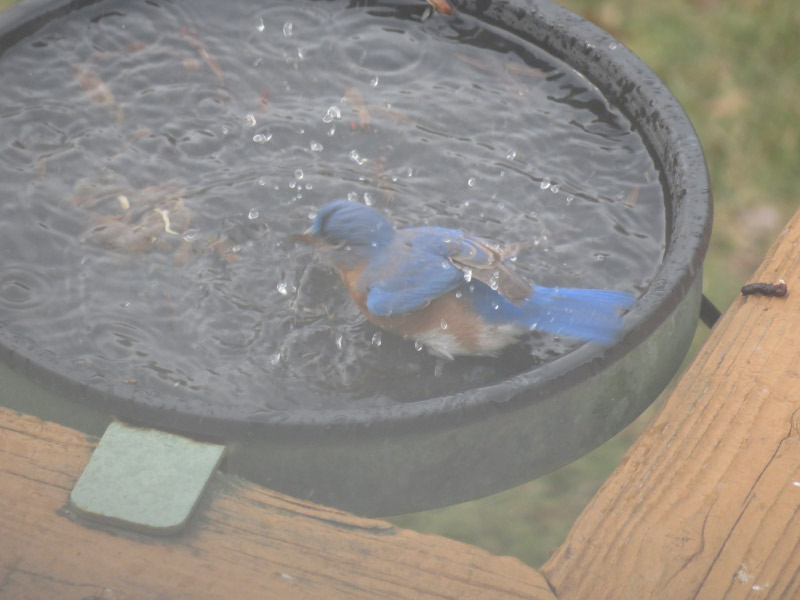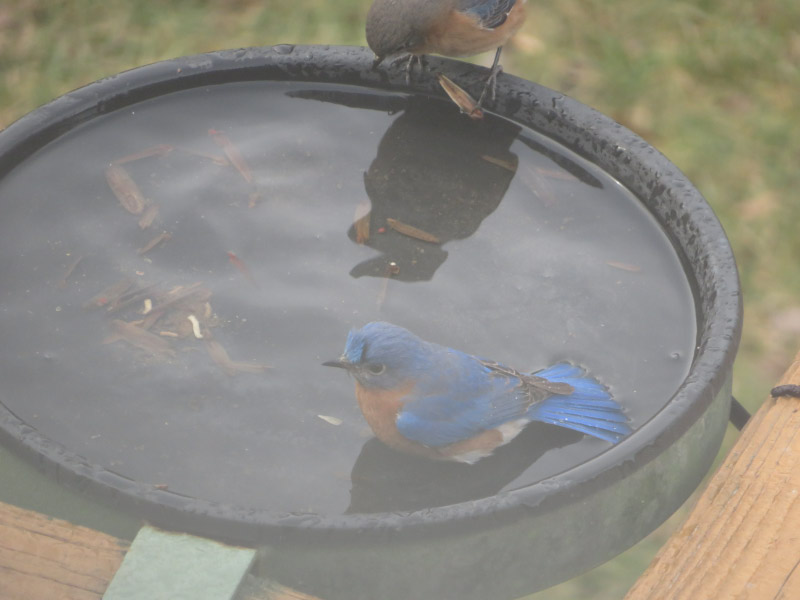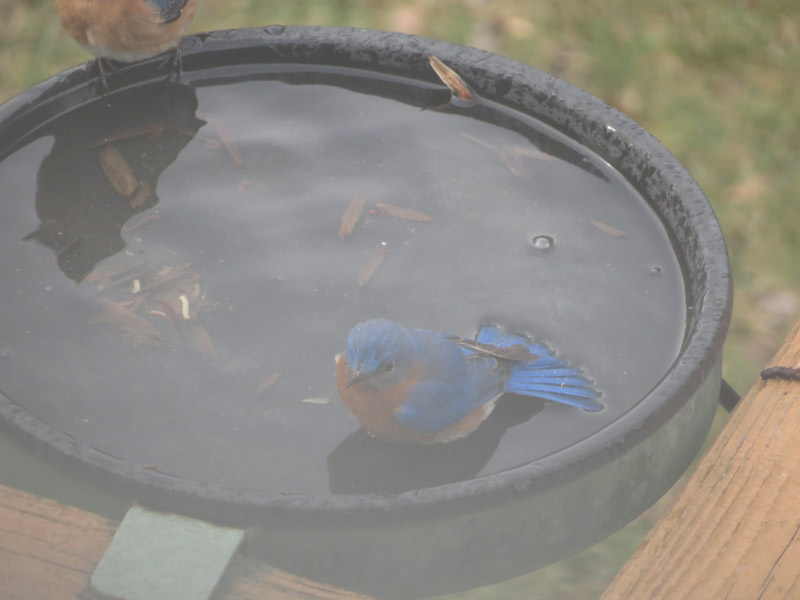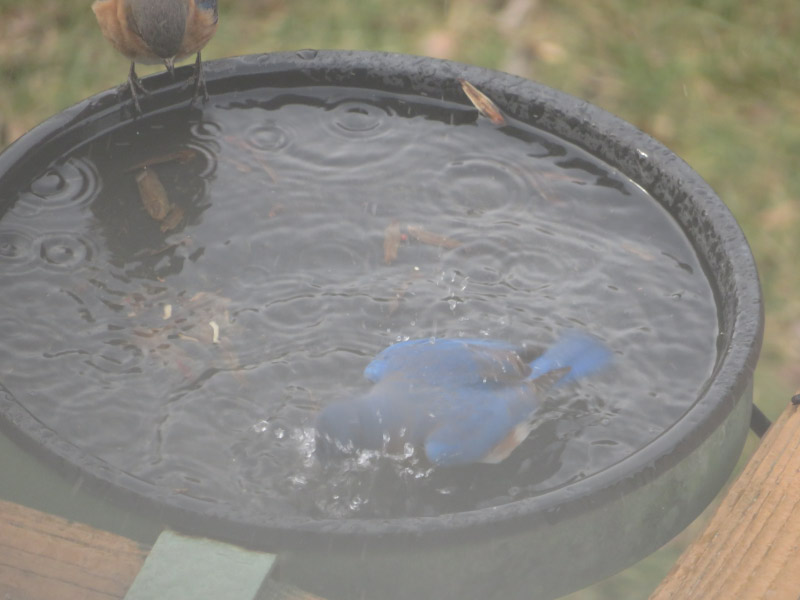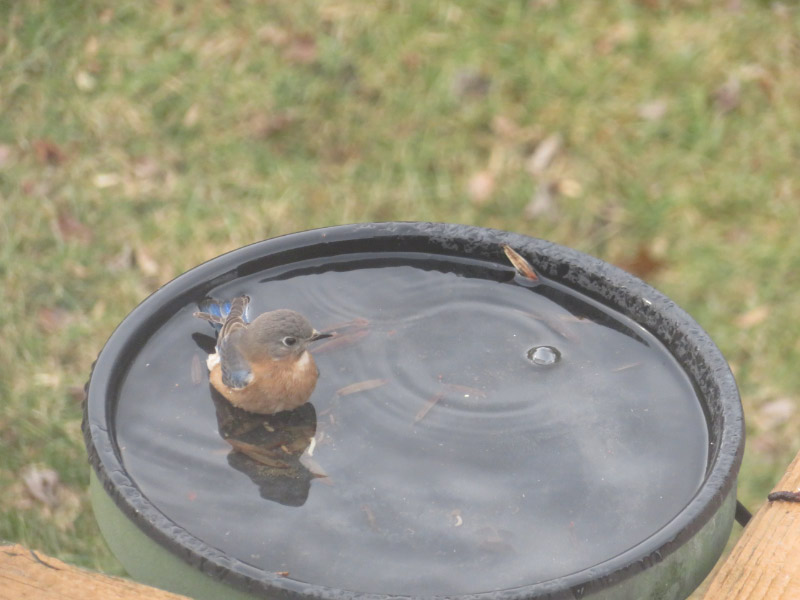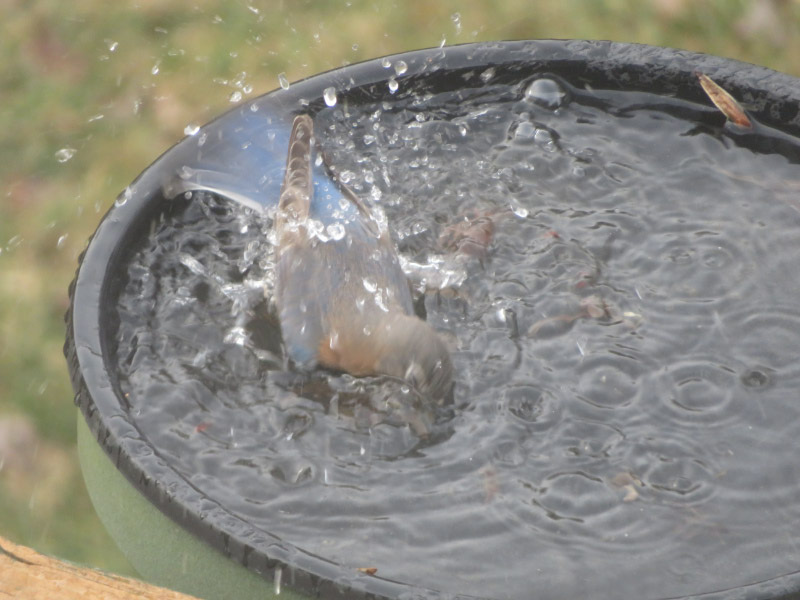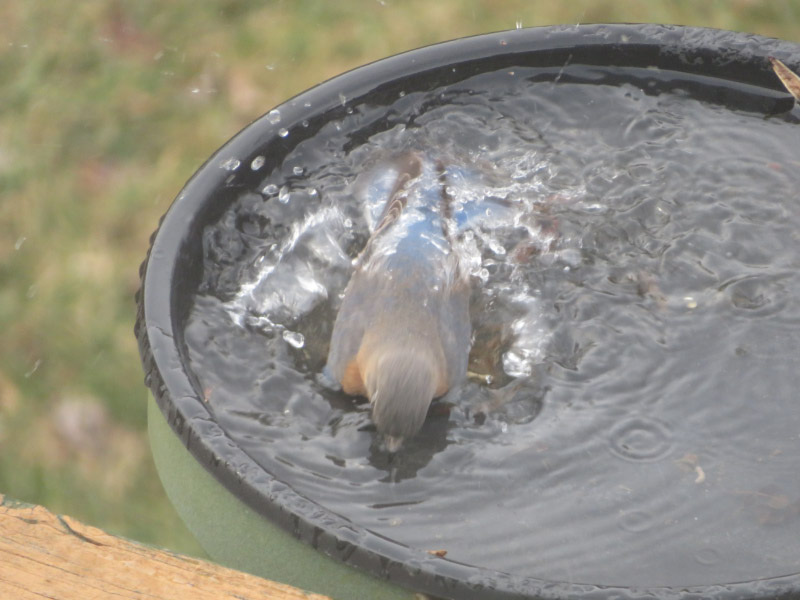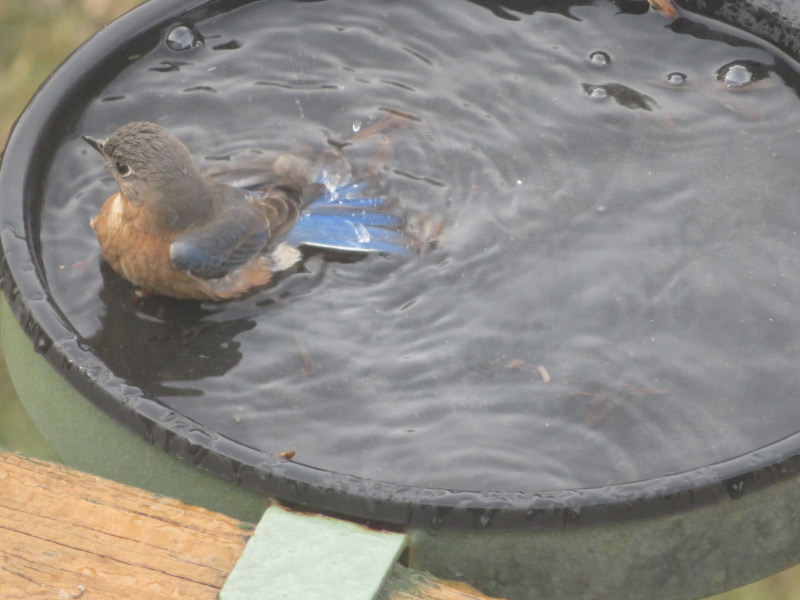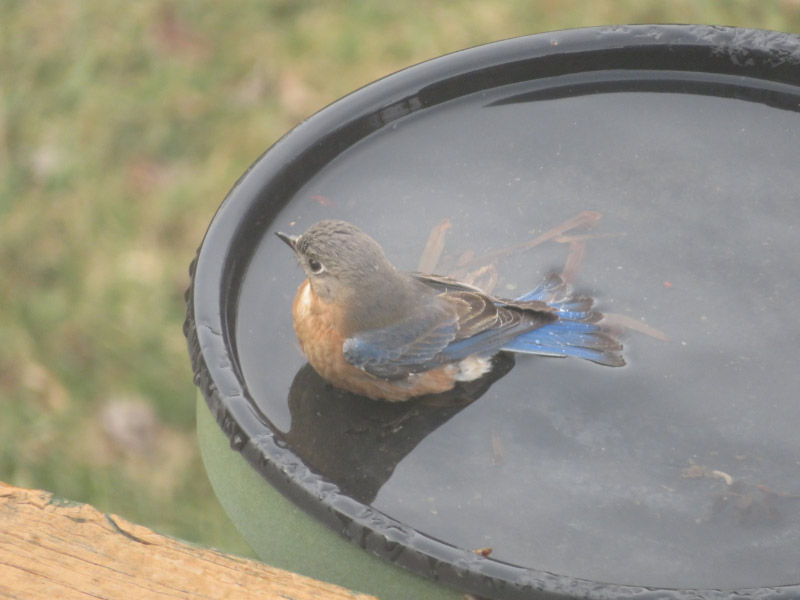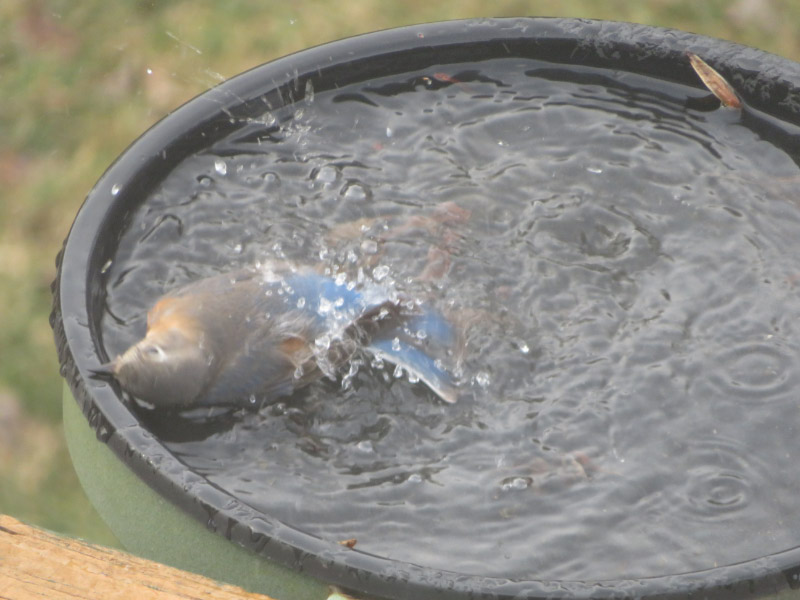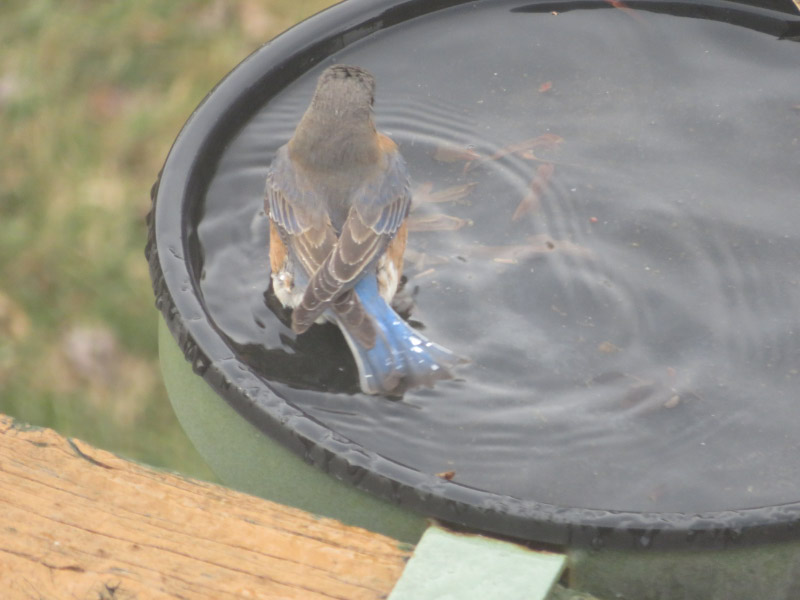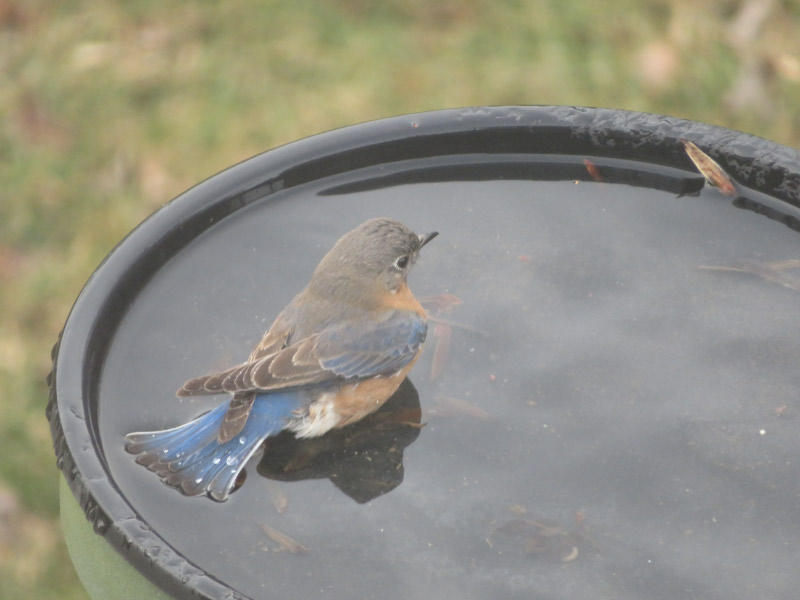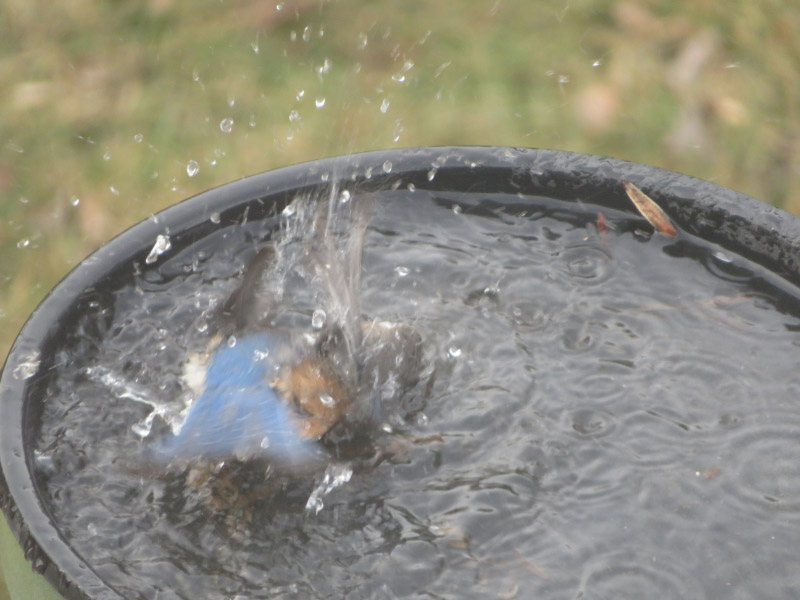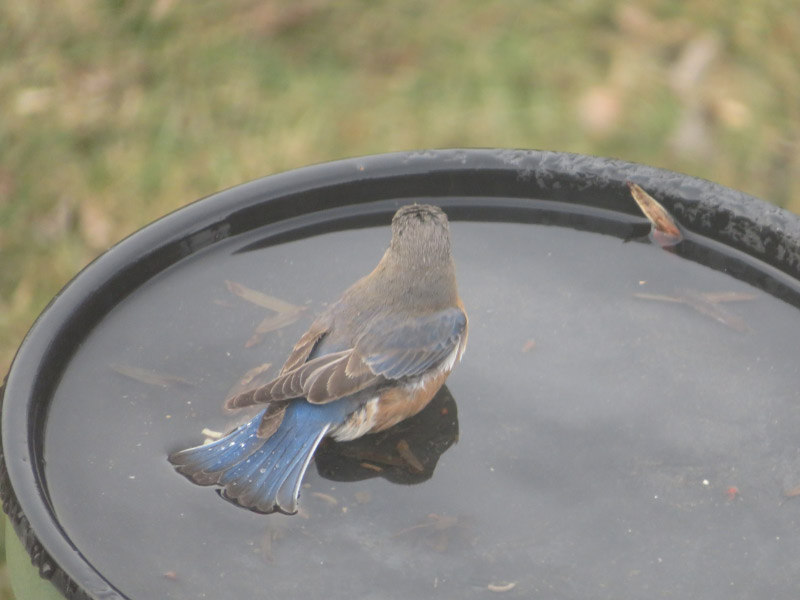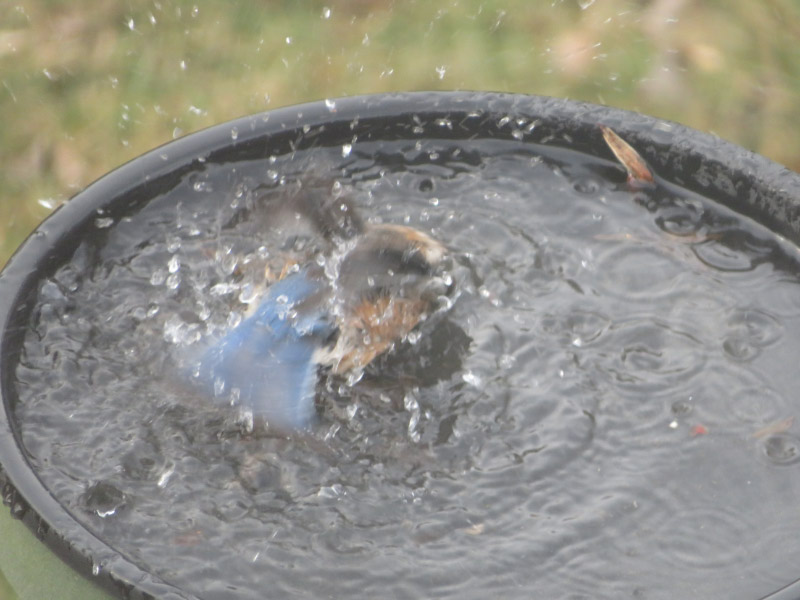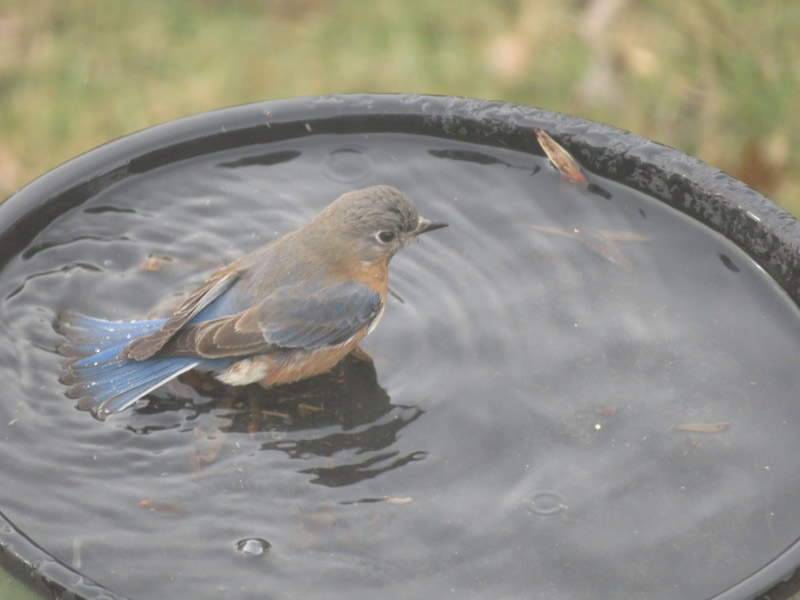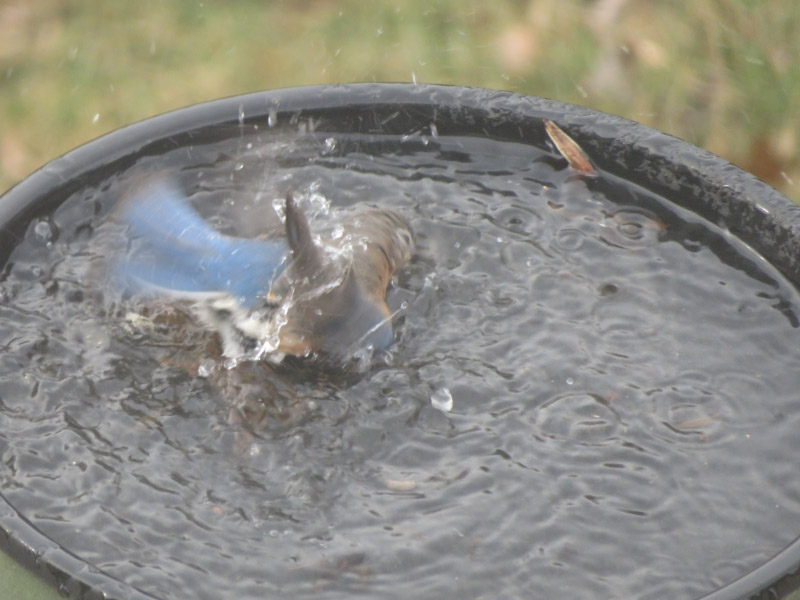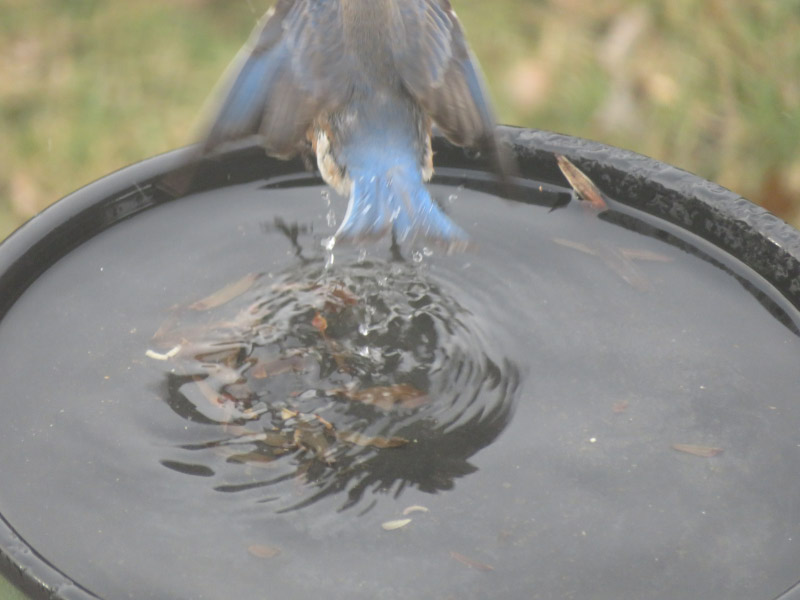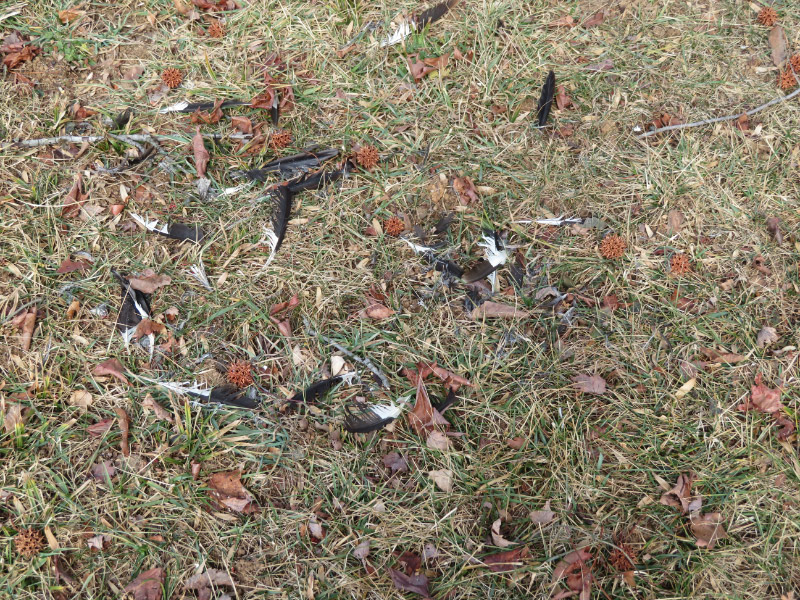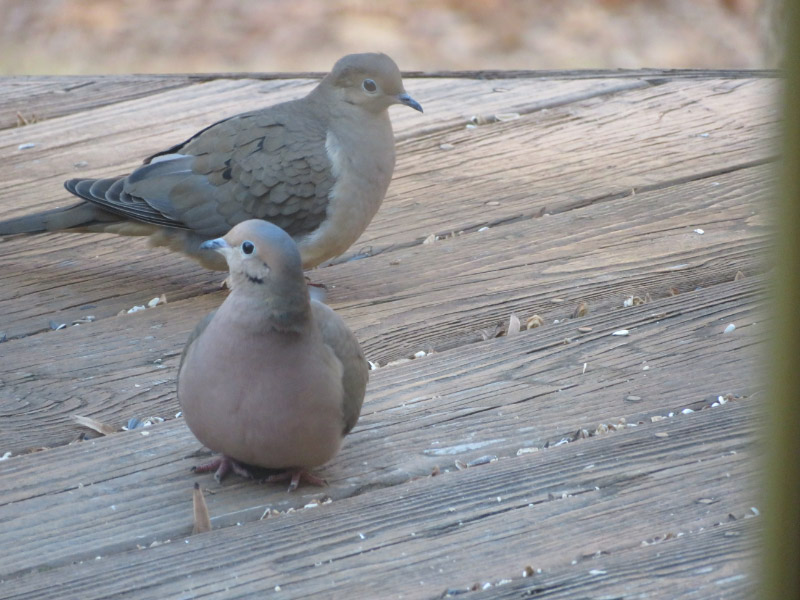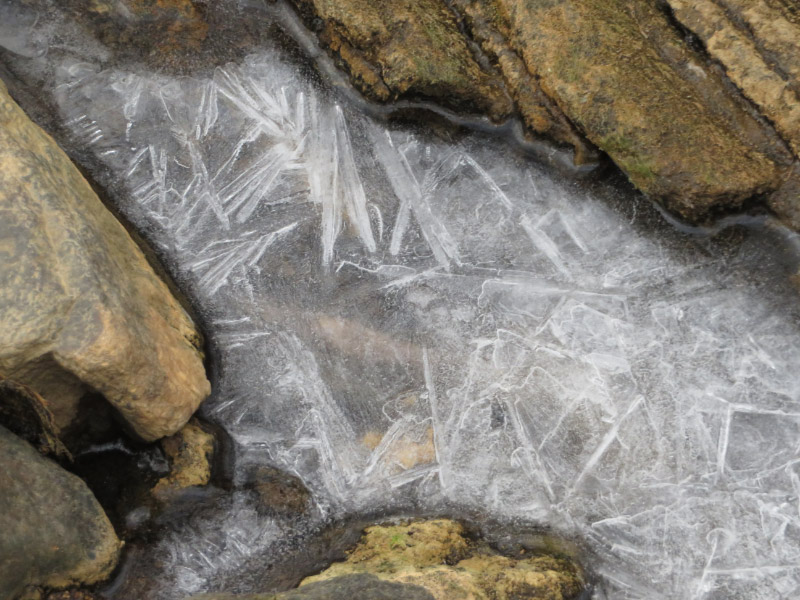A Fern Book for Everybody * Cooke, Mordecai Cubitt * sample image
A popular history of the British ferns and the allied plants, comprising the club-mosses, pepperworts, and horsetails * Moore, Thomas * sample image
British Trees V1 * Cole, Rex Vicat; Kempe, Dorothy * sample image
British Trees V2 * Cole, Rex Vicat; Kempe, Dorothy * sample image
Edible and poisonous mushrooms: what to eat and what to avoid * Cooke, Mordecai Cubitt * sample image
Ehon noyamagusa V1. * Tachibana, Yasukuni * sample image
Ehon noyamagusa V2. * Tachibana, Yasukuni * sample image
Ehon noyamagusa V3. * Tachibana, Yasukuni * sample image
Ehon noyamagusa V4. * Tachibana, Yasukuni * sample image
Ehon noyamagusa V5. * Tachibana, Yasukuni * sample image
Flowers of field, hill, and swamp * Creevey, Caroline Alathea Stickney * sample image
Nouvelle flore coloriée de poche des Alpes et des Pyrénées - Volume 2 * Flahault, Charles * sample image
Svensk Botanik volume 3 - 1804
* Palmstruch, Johan Wilhelm; Carl Wilhelm Venus; Conrad Quensel; Olof Swartz; Billberg, Gustav Johan; Wahlenberg, Göran * sample image
Svensk Botanik volume 4 - 1805
* Palmstruch, Johan Wilhelm; Carl Wilhelm Venus; Conrad Quensel; Olof Swartz; Billberg, Gustav Johan; Wahlenberg, Göran * sample image
Svensk Botanik volume 5 - 1807
* Palmstruch, Johan Wilhelm; Carl Wilhelm Venus; Conrad Quensel; Olof Swartz; Billberg, Gustav Johan; Wahlenberg, Göran * sample image
Svensk Botanik volume 6 - 1809
* Palmstruch, Johan Wilhelm; Carl Wilhelm Venus; Conrad Quensel; Olof Swartz; Billberg, Gustav Johan; Wahlenberg, Göran * sample image
Svensk Botanik volume 7 - 1812
* Palmstruch, Johan Wilhelm; Carl Wilhelm Venus; Conrad Quensel; Olof Swartz; Billberg, Gustav Johan; Wahlenberg, Göran * sample image
Svensk Botanik volume 8 - 1814
* Palmstruch, Johan Wilhelm; Carl Wilhelm Venus; Conrad Quensel; Olof Swartz; Billberg, Gustav Johan; Wahlenberg, Göran * sample image
Svensk Botanik volume 9 - 1825
* Palmstruch, Johan Wilhelm; Carl Wilhelm Venus; Conrad Quensel; Olof Swartz; Billberg, Gustav Johan; Wahlenberg, Göran * sample image
The Gardeners' Magazine of Botany, Horticulture, Floriculture, and Natural Science V1 1850 * Moore, Thomas; Ayers, William P. * sample image
The Gardeners' Magazine of Botany, Horticulture, Floriculture, and Natural Science V3 1851 * Moore, Thomas; Ayers, William P. * sample image
The octavo nature-printed British ferns : being figures and descriptions of the species and varieties of ferns found in the United Kingdom * Moore, Thomas * sample image
The orchid album, comprising coloured figures and descriptions of new, rare, and beautiful orchidaceous plants * Warner, Robert, ed; Williams, Benjamin Samuel, ed; Moore, Thomas; Fitch, John Nugent, illus * sample image
Wild flowers of America Volume 1 No. 1 * G.H. Buek & Co. * sample image
